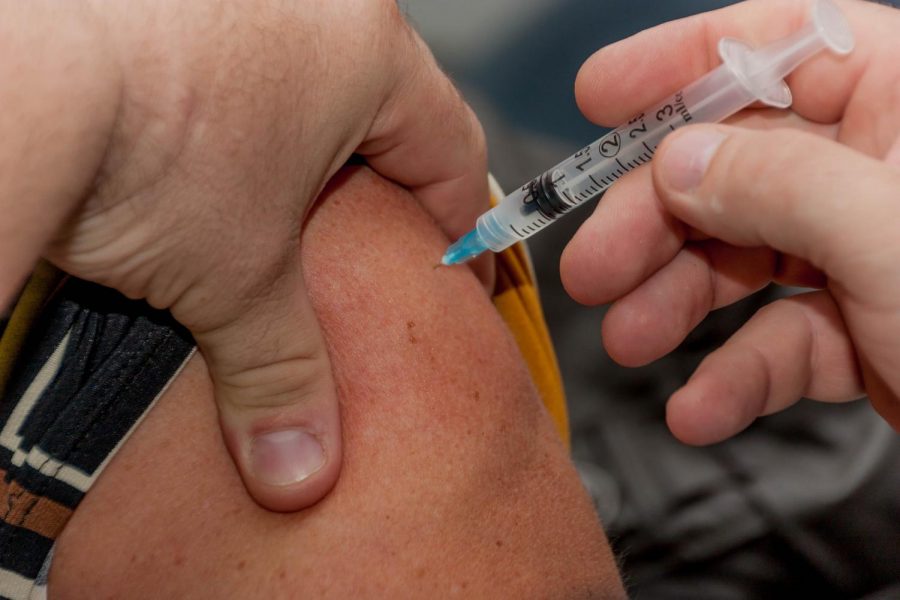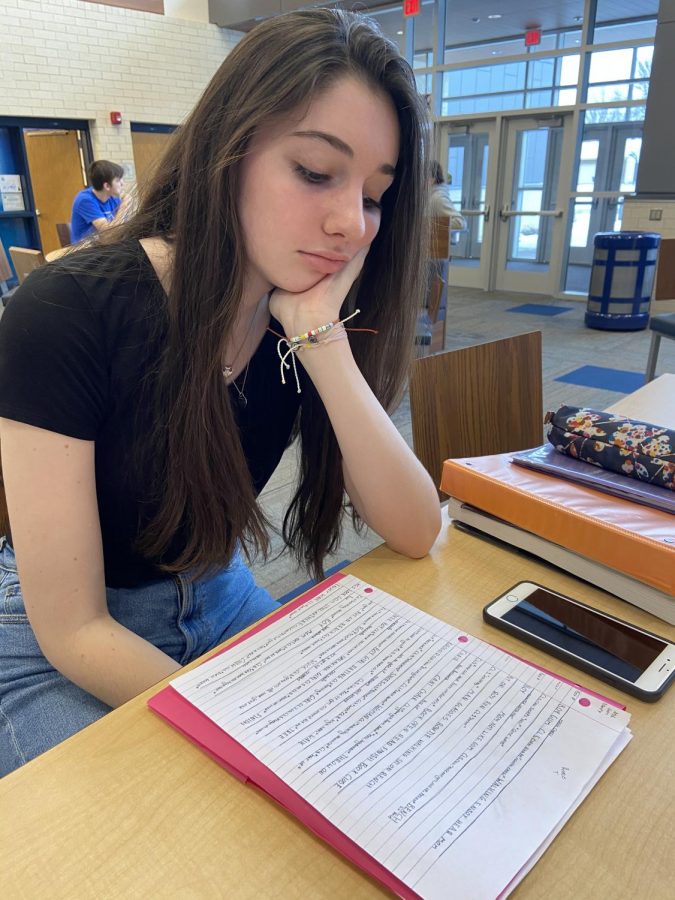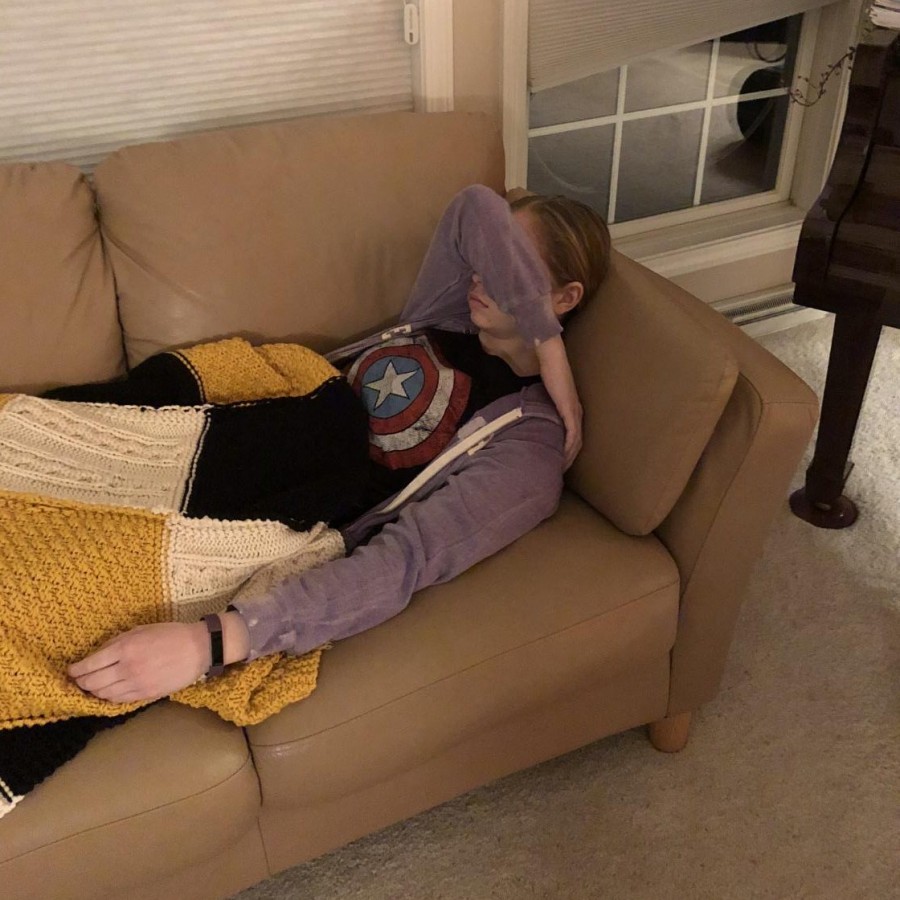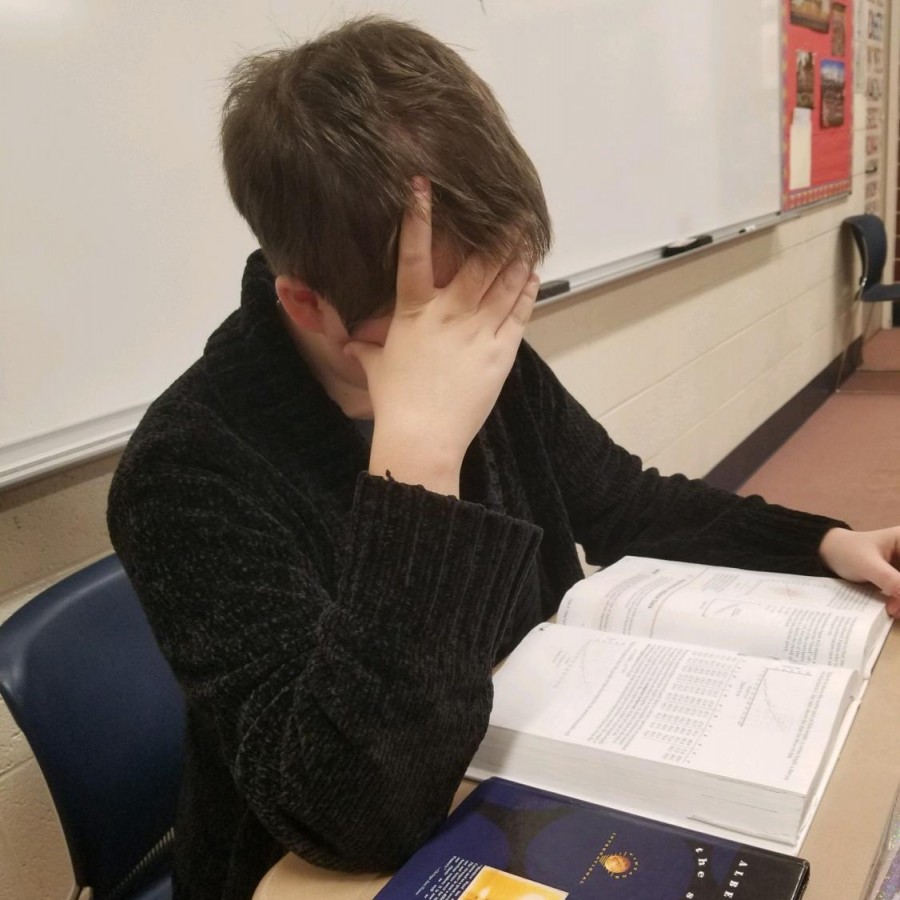The Center for Disease Control (CDC) has posted recommendations for the new shingles vaccine and MMR booster shots. Physicians are recommending the new vaccines to anyone above the age of fifty, regardless of whether or not they have had the old vaccine.
Shingles is caused by the varicella zoster virus, which is also associated with chickenpox. Those who have had chickenpox in the past are susceptible to having shingles later on in life because the chickenpox virus is dormant. When the virus “wakes” it causes burning rashes and nervous pain. In certain cases, some individuals’ rashes heal but the nerve pain lingers and can become chronic.
According to the CDC, the old shingles vaccine, Zostavax, is about 70 percent effective in people above the age of and the effectiveness decreases with age. Shingrix has been designed to help prevent the nerve pain that occurs when a person experiences shingles and is about 97 percent effective in the same age group in which Zostavax shows 60 percent effectiveness.
The other vaccine that adults in particular need to start worrying about is the MMR booster. MMR stands for “measles, mumps, and rubella”. All three of these diseases are caused by the same air-borne virus, and it can result in fevers, rashes, and fatigue. Because it is so contagious, women who are of childbearing age, college students, health care professionals, and people who have been in contact with mumps or measles need to receive the two doses of the MMR vaccine.
As much as the CDC is emphasizing the importance of older people receiving the new vaccines, it is also equally important that everyone else also receives these shots. Studies show that outbreaks of certain diseases are prevented when vaccines are given during the outbreak. This has proven to be true for both shingles and mumps.









